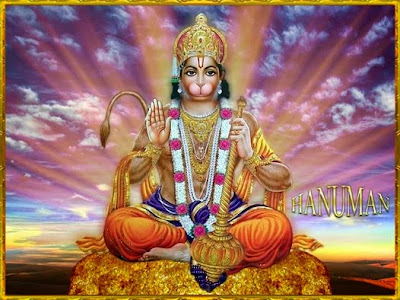THE RAMAYANA (Delivered at the Shakespeare Club, Pasadena, California, January 31, 1900)-31.

Part-31. Who knows which is the truer ideal? The apparent power and strength, as held in the West, or the fortitude in suffering, of the East? The West says, "We minimise evil by conquering it." India says, "We destroy evil by suffering, until evil is nothing to us, it becomes positive enjoyment." Well, both are great ideals. Who knows which will survive in the long run? Who knows which attitude will really most benefit humanity? Who knows which will disarm and conquer animality? Will it be suffering, or doing? In the meantime, let us not try to destroy each other's ideals. We are both intent upon the same work, which is the annihilation of evil. You take up your method; let us take up our method. Let us not destroy the ideal. I do not say to the West, "Take up our method." Certainly not. The goal is the same, but the methods can never be the same. And so, after hearing about the ideals of India, I hope that...
.jpg)
.jpg)
